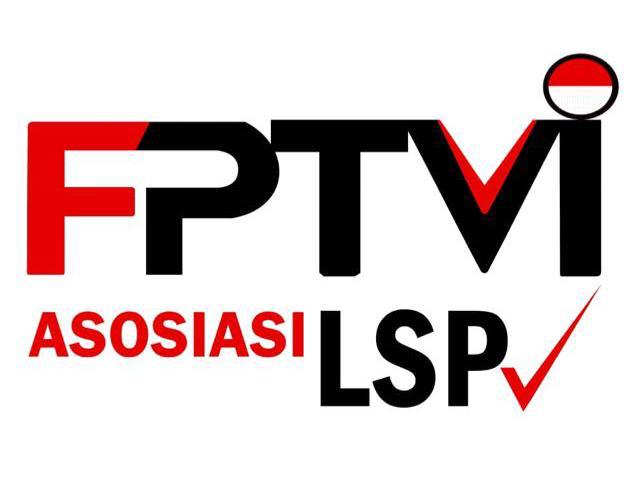Analysis of The Effectiveness of Household Scale Smart Window Panel as a New Renewable Energy Source Using PVsyst Software
Abstract
Keywords
Full Text:
PDFReferences
D. Arinaldo, E. Mursanti, and F. Tumiwa, “Implikasi paris agreement terhadap masa depan Pembangkit Listrik Tenaga Uap (PLTU) Batubara di Indonesia,” Accel. Low-Carbon Energy Transit., vol. 96, no. 3, p. 445, 2019.
A. Irawan, “Potensi Cadangan dan Serapan Karbon oleh Padang Lamun di bagian Utara dan Timur Pulau Bintan The Carbon Stock and Potential Uptake of Seagrass Beds in the Northern and Eastern Part of Bintan Island Abstrak Pendahuluan,” vol. 2, no. 3, pp. 35–48, 2017.
R. Ginting and M. Ramadhan, “Designing carbon dioxide absorbent and detector products using the Quality Function Deployment (QFD) method,” IOP Conf. Ser. Mater. Sci. Eng., vol. 1041, no. 1, p. 012041, 2021, doi: 10.1088/1757-899x/1041/1/012041.
S. Thamrin et al., Pedoman Pelaksanaan Rencana Aksi Penurunan Emisi Gas Rumah Kaca. 2011.
F. G. S. Giucastro, “Smart windows of the future . The introduction of graphene in transparent photovoltaic,” no. June 2017, 2018.
I. Anaphalia Farahdiba, D. Krisdiyanto, and S. dan Karmanto, “Pemanfaatan Ekstrak Daun Kelor (Moringa oleifera .l.) Sebagai Dye Sensitizeruntukdye Sensitized Solar Cell (DSSC),” online) Indones. J. Mater. Chem. IJMC, vol. 3, no. 1, pp. 28–32, 2020.
P. Caprioglio et al., “Monolithic perovskite/silicon tandem solar cell with >29% efficiency by enhanced hole extraction,” Science (80-. )., vol. 370, no. December, pp. 1300–1309, 2020.
A. A. F. Husain, W. Z. W. Hasan, S. Shafie, M. N. Hamidon, and S. S. Pandey, “A review of transparent solar photovoltaic technologies,” Renew. Sustain. Energy Rev., vol. 94, no. June, pp. 779–791, 2018, doi: 10.1016/j.rser.2018.06.031.
H. Wang et al., “Research on the Development of Flexible Solar Cells,” Chinese J. Eng. Sci., vol. 20, no. 3, p. 66, 2018, doi: 10.15302/j-sscae-2018.03.010.
T. Jakhongir Turakul Ugli, “The Importance of Alternative Solar Energy Sources and the Advantages and Disadvantages of Using Solar Panels in this Process,” Am. J. Softw. Eng. Appl., vol. 8, no. 1, p. 32, 2019, doi: 10.11648/j.ajsea.20190801.14.
D. S. N. Pasra, “Efisiensi Panel Surya Kapasitas 100 Wp Akibat Pengaruh Suhu dan Kecepatan Angin,” J. Ilm. Sutet, vol. 11, no. 2, pp. 71–80, 2021.
M. Kumar Panjwani and G. Bukshsh Narejo, “Effect of Humidity on the Efficiency of Solar Cell (photovoltaic),” Int. J. Eng. Res. Gen. Sci., vol. 2, no. 4, pp. 499–503, 2014, [Online]. Available: www.ijergs.org.
R. Tariq Ahmedhamdi, H. A. Kazem, M. Tariq Chaichan, R. T. A Hamdi, S. A. Hafad, and M. T. Chaichan, “Humidity impact on photovoltaic cells performance: A review Solar panel and cell technologies View project Humidity impact on photovoltaic cells performance: A review,” Www.Ijrerd.Com ||, vol. 03, no. 11, pp. 27–37, 2018, [Online]. Available: https://www.researchgate.net/publication/329425029.
K. T. Mauriraya, R. Afrianda, A. Fernandes, A. Makkulau, D. P. Sari, and N. Kurniasih, “Edukasi Pemanfaatan PLTS untuk Penerangan Jalan Umum Di Desa Cilatak Kecamatan Ciomas Kabupaten Serang Banten,” Terang, vol. 3, no. 1, pp. 92–99, 2020, doi: 10.33322/terang.v3i1.535.
M. Fathi, M. Abderrezek, and F. Djahli, “Experimentations on luminescent glazing for solar electricity generation in buildings,” Optik (Stuttg)., vol. 148, pp. 14–27, 2017, doi: 10.1016/j.ijleo.2017.08.127.
M. M. Potter et al., “Autonomous Light Management in Flexible Photoelectrochromic Films Integrating High Performance Silicon Solar Microcells,” ACS Appl. Energy Mater., vol. 3, no. 2, pp. 1540–1551, 2020, doi: 10.1021/acsaem.9b01987.
S. H. Abu-Bakar et al., “Performance analysis of a novel rotationally asymmetrical compound parabolic concentrator,” Appl. Energy, vol. 154, no. May, pp. 221–231, 2015, doi: 10.1016/j.apenergy.2015.04.122.
L. M. Huang, C. W. Hu, H. C. Liu, C. Y. Hsu, C. H. Chen, and K. C. Ho, “Photovoltaic electrochromic device for solar cell module and self-powered smart glass applications,” Sol. Energy Mater. Sol. Cells, vol. 99, pp. 154–159, 2012, doi: 10.1016/j.solmat.2011.03.036.
T. K. Mallick and P. C. Eames, “Design and fabrication of low concentrating second generation PRIDE concentrator,” Sol. Energy Mater. Sol. Cells, vol. 91, no. 7, pp. 597–608, 2007, doi: 10.1016/j.solmat.2006.11.016.
Y. Niu et al., “Energy Saving and Energy Generation Smart Window with Active Control and Antifreezing Functions,” Adv. Sci., vol. 9, no. 6, pp. 1–9, 2022, doi: 10.1002/advs.202105184.
S. Das, P. Sudhagar, Y. S. Kang, and W. Choi, “Graphene synthesis and application for solar cells,” J. Mater. Res., vol. 29, no. 3, pp. 299–319, 2014, doi: 10.1557/jmr.2013.297.
M. A. A. Mamun, M. M. Islam, M. Hasanuzzaman, and J. Selvaraj, “Effect of tilt angle on the performance and electrical parameters of a PV module: Comparative indoor and outdoor experimental investigation,” Energy Built Environ., vol. 3, no. 3, pp. 278–290, 2022, doi: 10.1016/j.enbenv.2021.02.001.
A. A. Zaki and A. A. El-Amin, “Effect of cell thickness on the electrical and optical properties of thin film silicon solar cell,” Opt. Laser Technol., vol. 97, pp. 71–76, 2017, doi: 10.1016/j.optlastec.2017.06.009.
DOI: http://dx.doi.org/10.12962%2Fj23378557.v9i2.a17439
Refbacks
- There are currently no refbacks.
This work is licensed under a Creative Commons Attribution 4.0 International License. IPTEK The Journal of Engineering published by Pusat Publikasi Ilmiah, Institut Teknologi Sepuluh Nopember.
Please contact us for order or further information at: email: iptek.joe[at]gmail.com Fax/Telp: 031 5992945. Editorial Office Address: Pusat Riset Building 6th floor, ITS Campus, Sukolilo, Surabaya 60111, Indonesia.








